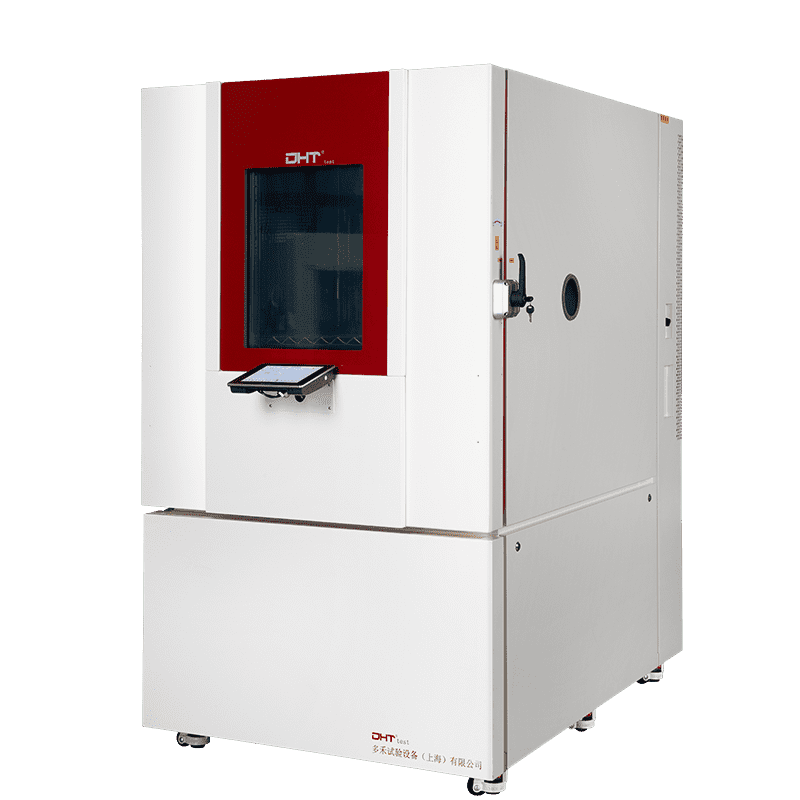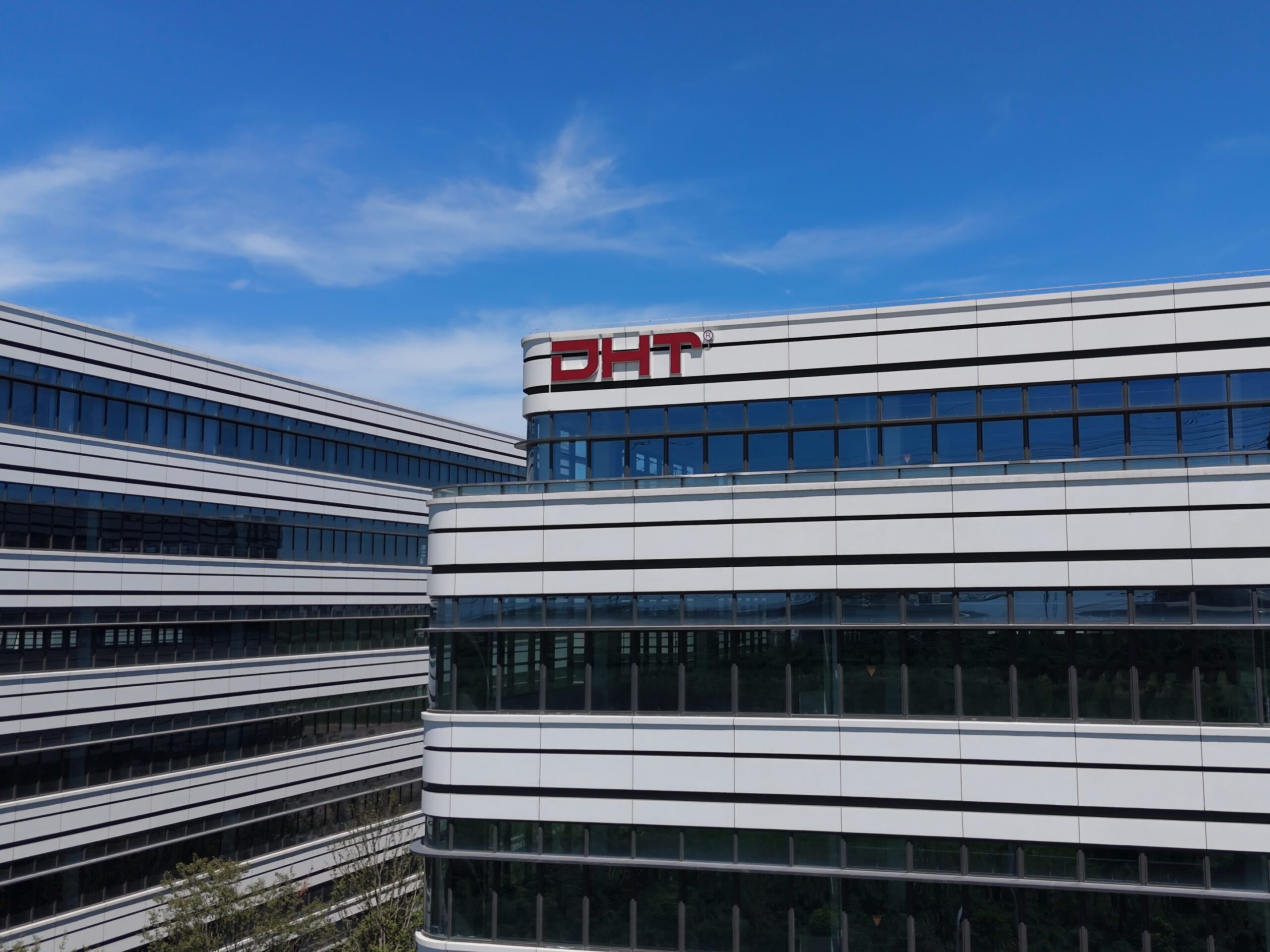Written by Robin
Senior Engineer, Doaho Test (DHT®)
In the field of reliability testing and quality validation, a temperature humidity chamber is far more than just a testing device—it is a core tool within the product development and production verification system. Different industries have vastly different requirements for environmental simulation: electronic components must undergo high/low temperature and humidity cycling to validate solder joint strength and electrical performance; new energy vehicle batteries need long-term damp heat aging and thermal cycling assessments; pharmaceutical formulations must prove their stability and safety under constant humidity and temperature conditions.
It is clear that a high-performance temperature humidity chamber delivers value far beyond “temperature and humidity control.” It determines the authenticity, repeatability, and industry recognition of testing data. This article will provide a systematic breakdown of the critical factors to consider when purchasing such equipment, helping you identify the solution that best matches your needs.
Define Your Core Testing Requirements
Before choosing a humidity chamber, the first and most essential step is to clearly define your testing requirements. Different application scenarios impose very different demands on the equipment.
Ask yourself a few key questions:
-
What type of samples are you primarily testing?
-
What are their dimensions and weight?
-
What environmental conditions need to be simulated?
-
Are there space or infrastructure limitations in your laboratory?
Answering these questions will help you determine the basic specifications of the equipment.
For example:
-
Electronics industry: Focuses on thermal cycling and damp heat aging to validate solder joint reliability and component durability.
-
New energy sector: Requires repeated thermal cycling and combined humidity-heat tests to evaluate battery module safety and lifespan.
-
Automotive components: Must withstand extended exposure to extreme temperatures and humid environments to assess material fatigue and sealing performance.
-
Aerospace: Demands simulation of extreme temperature variations between high altitude and ground conditions, with higher standards of stability.
Only after clarifying your testing objectives can you specify the performance requirements of a thermal chamber—such as temperature range, humidity range, and heating/cooling rates. Otherwise, blind purchasing can result in over- or under-specification, wasting budget and compromising test results.
Temperature and Humidity Performance: A Technical Deep Dive
The accuracy and reliability of temperature testing are largely determined by the chamber’s technical capabilities. Key performance parameters to evaluate include:
-
Temperature and humidity range:
-
Standard chambers typically offer a temperature range of -40℃ to +150℃; some high-end models extend from -70℃ to +180℃.
-
Humidity range generally spans from 20%RH to 98%RH.
-
Note: Certain materials or electronic components may fail at extreme humidity or ultra-low temperatures. Confirm your product standards or customer specifications before purchasing.
-
-
Uniformity and fluctuation: These metrics indicate environmental stability inside the chamber. A high-quality chamber maintains consistent temperature and humidity throughout the workspace. Typically, temperature uniformity should be within ±0.5℃ to ±2.0℃, and humidity uniformity within ±2% to ±3%RH.
-
Change rate: This measures the speed of heating and cooling. Keep in mind that manufacturers often specify maximum rates under no-load conditions. With sample loads, the actual rate may be significantly slower.
Ease of Operation and Intelligent Features
With the rise of smart manufacturing, a modern temperature humidity chamber is no longer just a test tool but an integral part of an enterprise’s quality management system. When selecting equipment, consider the following dimensions:
-
User interface: Does it feature a touchscreen? Is the interface intuitive and easy to use?
-
Programmable functions: Does it support multi-segment programming to set complex temperature and humidity profiles?
-
Remote monitoring and data acquisition: Can you monitor tests remotely via network connection and export data for analysis? This is especially critical for large-scale labs and traceability.
-
Intelligent alarm system: Can the system send alerts immediately to a user terminal if abnormalities occur, preventing damage to samples?
For companies focused on R&D efficiency and standardized management, intelligent functionality is becoming an essential purchasing criterion.
Structure and Materials: The Foundation of Durability
The thermal chamber itself must withstand rigorous demands. Frequent breakdowns not only increase maintenance costs but also disrupt testing and compromise data integrity. Key considerations include:
-
Quality of core components Compressors, heaters, and sensors are the lifeblood of the system. Premium compressors from leading brands and high-precision sensors ensure accurate temperature and humidity control, forming the foundation of long-term reliability.
-
Chamber structure and sealing A robust structure and high-quality sealing materials minimize energy loss and enhance stability. Inner chambers are typically made of 304 or 316 stainless steel, both offering excellent corrosion resistance and strength. Insulation quality also matters—polyurethane foam is the mainstream choice, with density and thickness directly affecting performance. As for the door, a dual-lip silicone seal with anti-condensation heating is a hallmark of high-end chambers. Adjustable shelving should balance load capacity, corrosion resistance, and airflow.
-
Safety protection features Long-duration, unattended testing requires rigorous safety measures: over-temperature protection, water shortage protection (for water-based humidification systems), compressor overload protection, and leakage protection. Ideally, these protections should function independently of the main control system to ensure safety even in case of control failure.
-
Long-term operating capability In industries requiring damp-heat aging and durability testing, equipment must support continuous operation for hundreds or even thousands of hours while maintaining stable performance. Reliable cooling and humidification systems, durable circulation fans, and stable software logic are critical for long-term consistency.
Refrigeration System Selection
The refrigeration system is one of the technological cores of a thermal chamber, and also a major cost factor.
-
Mechanical compression cooling is the most common, using single-stage or cascade compressors. Cascade systems achieve lower temperatures but come with higher costs and maintenance complexity.
-
Liquid nitrogen cooling is suitable for applications requiring ultra-rapid cooling, though it entails higher operating costs and infrastructure requirements.
When choosing a system, balance not only the required temperature range but also lab infrastructure factors such as power capacity and chilled water availability.
After-Sales Service and Technical Support
Buying a humidity chamber is not a one-time transaction—it is the beginning of a long-term partnership. A reliable supplier should offer:
-
Professional selection guidance: Recommending the right configuration based on product standards and customer needs.
-
Installation, commissioning, and training: Ensuring users quickly master operation.
-
Maintenance and calibration services: Regular service and third-party calibration to guarantee optimal performance.
-
Spare parts availability: Stable supply of critical parts to prevent prolonged downtime.
In many cases, the quality of supplier support outweighs the technical specifications themselves in determining long-term user experience.
Total Cost and ROI Considerations
Finally, when purchasing a temperature humidity chamber, price alone should not be the deciding factor. Instead, evaluate the Total Cost of Ownership (TCO), which includes:
-
Initial purchase cost
-
Energy consumption (notably during heating, cooling, and dehumidification)
-
Maintenance and repair costs
-
Downtime costs due to equipment failure
A stable, energy-efficient thermal chamber with strong after-sales service may require a higher upfront investment but will ultimately deliver greater cost savings and higher returns over time.
Make a Smart Choice: DHT® as Your Trusted Partner
Selecting the right temperature humidity chamber requires a comprehensive assessment of technology, budget, and long-term needs. From defining testing objectives to evaluating technical specifications, control systems, structural quality, safety features, and after-sales service, a systematic approach ensures you find the best solution.
Notably, brands like DHT®, which specialize in environmental testing technologies, design products with this holistic philosophy in mind. DHT® chambers not only excel in core performance metrics but also strike the ideal balance between long-term reliability and cost of ownership—precisely the value professional users should prioritize.
Before making a final decision, we strongly recommend conducting on-site testing with a demo unit. Real-world validation is the most effective way to confirm whether the chamber truly meets your requirements, giving you the confidence to make a sound investment.


